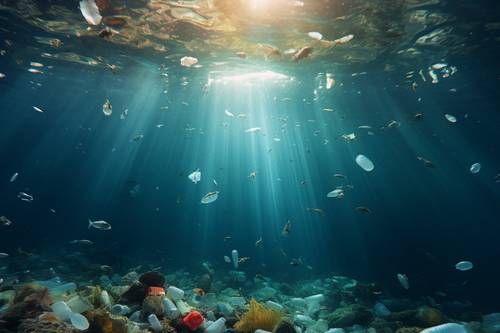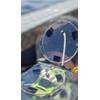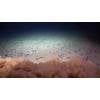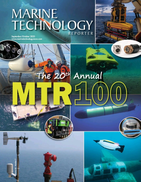Microplastics Becoming Measurable Part of Ocean’s Carbon Cycle
From 9 to 14 million metric tons of plastic enters the ocean every year. Microplastics – ranging from 1 micron to 5 millimeters – make up most of the plastic pieces found.
Most research has focused on surface waters, usually sampling just the top 15 to 50 centimeters using net tows, but a researcher from Florida Atlantic University (FAU) is among an international team of scientists who has mapped microplastic distribution from the surface to the deep sea at a global scale.
The researchers synthesized depth-profile data from 1,885 stations collected between 2014 and 2024 to map microplastic distribution patterns by size and polymer type, while also evaluating potential transport mechanisms.
Results, published in Nature, reveal that microplastics are not just surface pollutants – they’re deeply embedded in the ocean’s structure. Ranging from a few to thousands of particles per cubic meter, their size determines how they move: smaller microplastics (1 to 100 micrometers) spread more evenly and penetrate deeper, while larger ones (100 to 5,000 micrometers) concentrate near the surface, especially within the top 100 meters of gyres. Gyres act like massive, slow-moving whirlpools that trap and concentrate floating debris – especially plastic.
Microplastics are becoming a measurable part of the ocean’s carbon cycle, making up just 0.1% of carbon particles at 30 meters but rising to 5% at 2,000 meters. This suggests that microplastics are not only persistent pollutants but may also be altering key biogeochemical processes in the deep sea.
“Microplastics are not just floating at the surface – they’re deeply embedded throughout the ocean, from coastal waters to the open sea,” said Tracy Mincer, Ph.D., co-author and an associate professor of biology and biochemistry at FAU.
The researchers identified more than 56 types of plastic polymers. While buoyant plastics dominate overall, denser microplastics are more prevalent offshore – likely because they fragment more readily. Dense polymers become brittle and break down faster, particularly after prolonged exposure to environmental weathering. These small, persistent particles – often originating from fishing gear and containers like polyester bottles – can remain in the ocean for decades.
Polypropylene, commonly found in items like yogurt containers and rope, photodegrades more quickly than polyethylene which is used in plastic bags and water bottles. This may account for its lower abundance in offshore waters.
The study was led by the Japan Agency for Marine-Earth Science and Technology in collaboration with FAU; Aotearoa Blue Ocean Research in New Zealand; Northeastern University; East China Normal University; NIOZ Royal Netherlands Institute for Sea Research, The Netherlands; The Ocean Cleanup, The Netherlands; Egger Research and Consulting, Switzerland; University of Amsterdam, The Netherlands; Utrecht University, The Netherlands; Universidad Catolica del Norte, Chile; Smithsonian Environmental Research Center; Harvard University; University of Siena, Italy; and the National Biodiversity Future Center, Italy.

















 August 2025
August 2025



